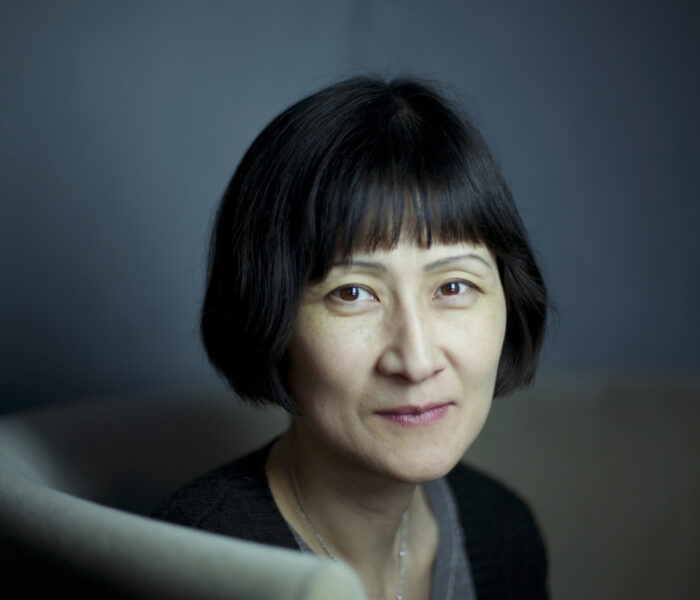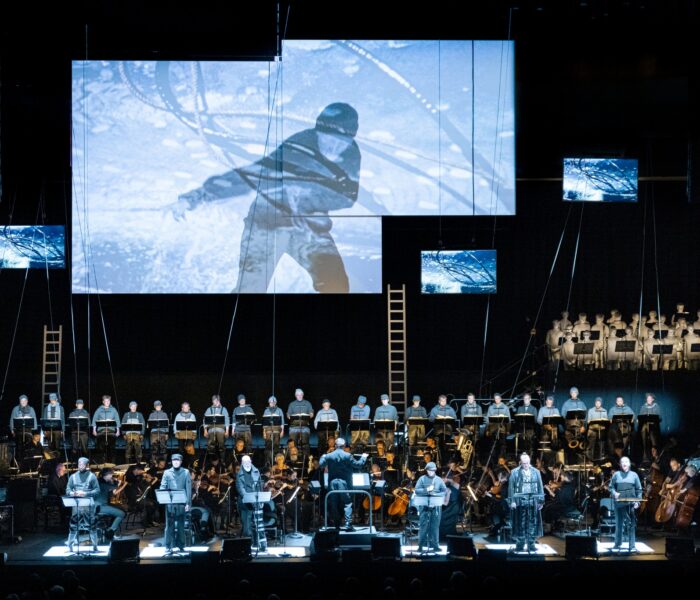Soirée anniversaire à la Cité de la musique pour Philippe Manoury à qui l’Ensemble Intercontemporain dirigé par François-Xavier Roth offre un concert-portrait affichant deux créations mondiales.
La première est une commande pour ensemble de 29 musiciens passée au compositeur par les mécènes Françoise et Jean-Philippe Billarant et l’Ensemble Intercontemporain. Grammaires du sonore est avant tout un concerto de solistes adressé aux membres de l’EIC dont Manoury se sent proche et qu’il admire. C’est l’occasion pour lui d’exhausser, s’il est encore possible, la virtuosité et la couleur de chaque instrument, voire d’en intégrer de nouveaux, comme le saxhorn, la trompette à deux pavillons ou encore le hautbois baryton avec lesquels le compositeur a du se familiariser. Hormis les cordes, qui resteront les plus sages, chaque interprète fait sonner plusieurs instruments de la même famille, du piccolo à la flûte basse, de la clarinette mib à la clarinette contrebasse, du cor au tuba Wagner, etc. La disposition sur scène des instruments, par « familles recomposées », prend une importance décisive pour aborder des combinaisons de timbres originales. Au tiers de l’œuvre, six instrumentistes à vent (tubas wagnériens, trompettes, trombones) quittent le plateau pour parader à l’étage, avec cette dimension théâtrale stockhausenienne qui invite les trombones notamment à exécuter certains gestes dans l’espace. La joute sonore qui s’engage, proche des riffs de jazz, est de toute beauté. Ressort également de l’écriture instrumentale une pensée électronique à travers le traitement d’une percussion résonnante qui prolonge et réverbère les figures instrumentales. La participation délicate des steel-drums (Adélaïde Ferrière) opère en direct l’hybridation des sonorités de l’ensemble comme pourrait le faire, là encore, l’outil technologique. L’écriture est dense, traversée de fulgurances, multipliant les trajectoires sonores et stimulant le mouvement des figures dans l’espace et la tension vibratoire des tutti.
Le geste ciselé de François-Xavier Roth fait merveille, qui préserve la transparence et la fluidité du mouvement tout en assurant l’organicité des composantes, cette syntaxe sous-jacente – la grammaire du sonore – qui agence et organise sans brider l’énergie première.
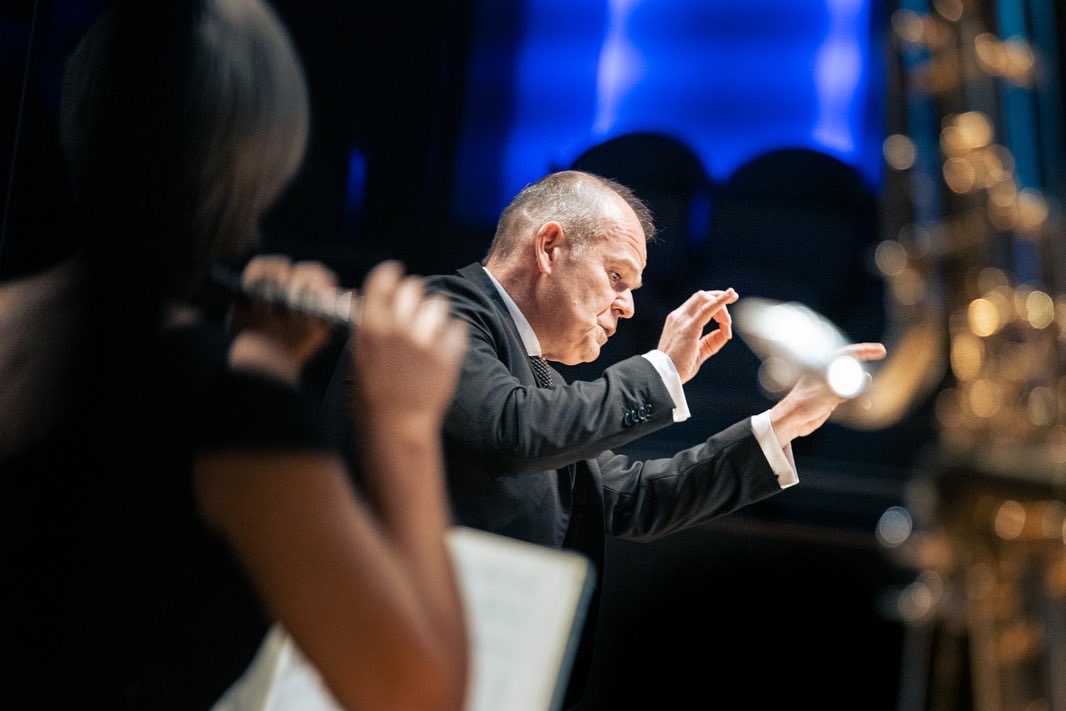

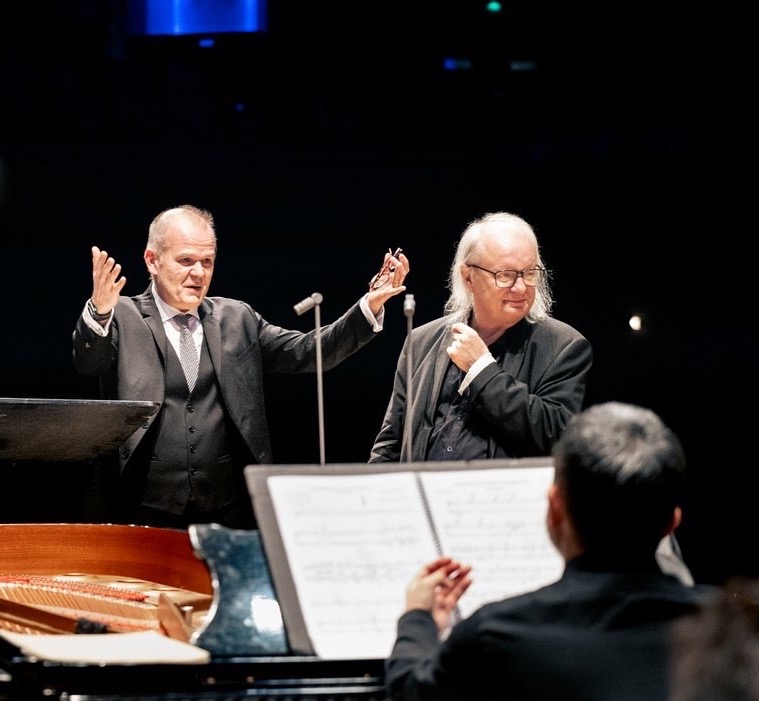
Comme son titre l’indique, les Vier Lieder aus « Kein Licht », pour mezzo-soprano et ensemble sont tirés du dernier opéra de Manoury, Kein Licht et donnés ce soir en première mondiale avec la chanteuse ukrainienne Christina Daletska, présente lors de la création de l’opéra en 2017.
Manoury parle de quatre Lamenti dont les trois premiers utilisent les textes d’Elfriede Jelinek. Les chocs lourds du piano dans le grave (obtenus en bloquant la résonance de la corde) installent la couleur sombre de ces pièces vocales : Das Land bebt aber nicht vor Angst (La terre tremble mais pas de peur) chante Christina Daletska dont la voix longue et rayonnante passe au-dessus d’une orchestration très ciselée. Der Wind ramène les débordements verbaux de Jelinek dans un air où le mouvement général semble compter davantage que le détail des paroles. Dans Der alte König und das Meer (Le vieux roi et la mer), on mesure la puissance évocatrice de la grosse caisse, associée ici à la flûte alto, clin d’œil à Pierre Boulez et son Marteau sans Maître. Ô Mensch (extrait de Ainsi parlait Zarathoustra de Nietzsche) ramène les impacts sombres du piano et une lente dépression de l’écriture vocale autant qu’instrumentale, dans une des pages les plus saisissantes de la partition.
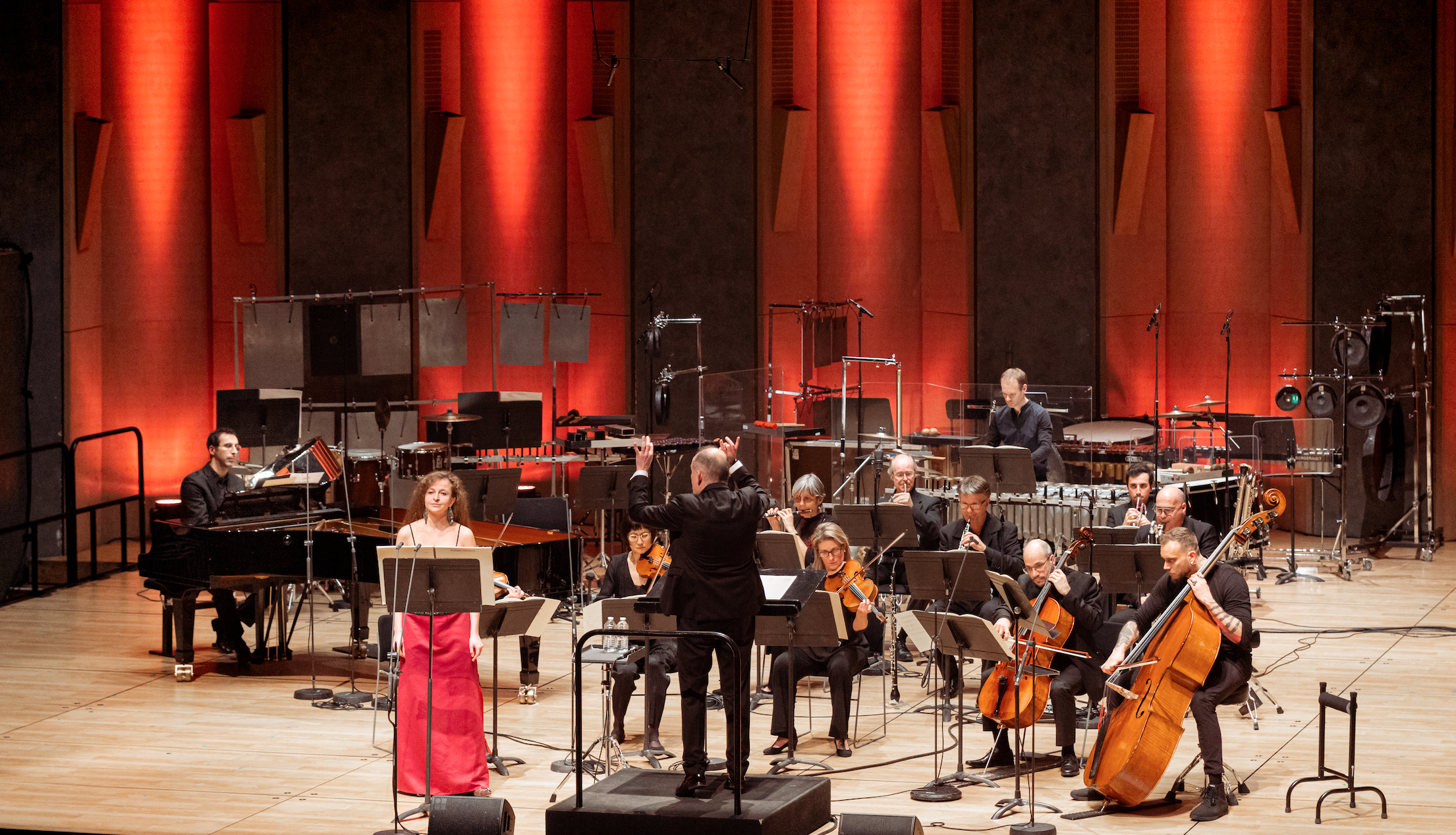
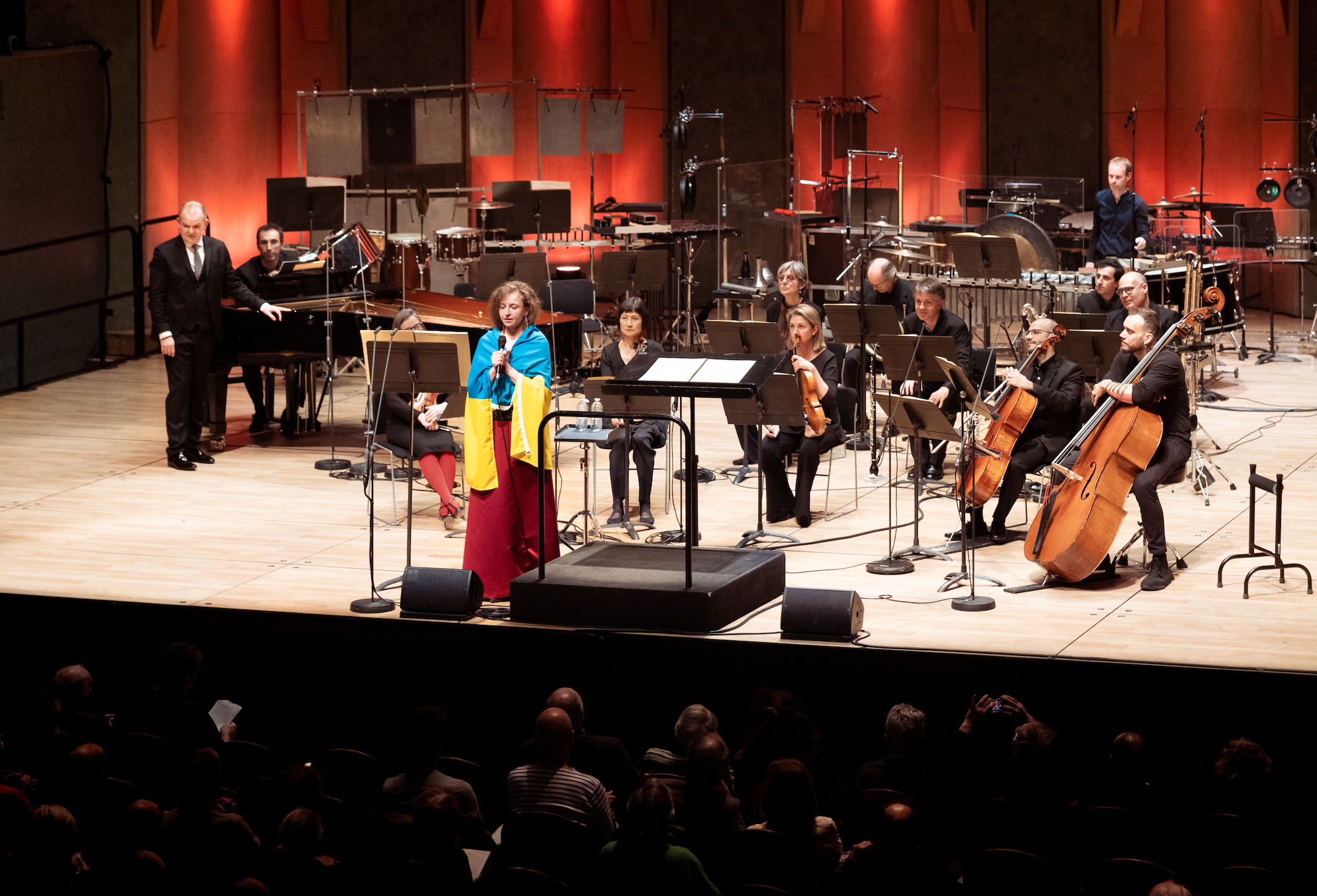
Donnée en seconde partie de concert, Fragments pour un portrait est une pièce beaucoup plus ancienne (1998) mais écrite, comme Grammaires du sonore, pour les trente solistes de l’EIC et dans une même luxuriance d’orchestration. Le titre se réfère aux toiles/études de Francis Bacon qui a produit plusieurs variations du Portrait d’Innocent X de Velásquez. Fragments pour un portrait est décliné en sept séquences et autant de perspectives sonores (Incantations, Choral, Vagues paradoxales, Nuit (avec turbulence), Ombres, Bagatelle, Totem) qui doivent s’entendre comme un tout, à la faveur de cette « grammaire musicale générative » qui lui permet de façonner de l’intérieur l’unité formelle de la pièce. Manoury a divisé l’ensemble des musiciens en trois groupes placés en triangle sur le plateau. Si les deux hautbois qui se répondent au début de l’œuvre, étoffés par une percussion très active (célesta et enclumes) invoquent lointainement Varèse, le mouvement lent, Nuit (avec turbulences), centre névralgique de la pièce, regarde plus précisément vers Charles Ives et son célèbre Central Park in the Dark jouant sur deux strates spatio-temporelles. La « musique lointaine » est celle des quatre cordes solistes qui tissent leur trame continue et immuable sur laquelle s’impriment des événements sonores hétérogènes et discontinus, « telles des hordes d’oiseaux volant dans la nuit », souligne le compositeur : cliquetis de la percussion, riffs des cuivres, déhanchements des bois, crépitement des tumbas, grognement laryngé de la clarinette contrebasse (inimitable Alain Billard). La fin de Nuit (avec turbulences) est différée, qui n’interviendra que dans le septième mouvement Totem où Manoury suspend l’écoute sur la résonance de trois cymbales tournantes. L’imaginaire sonore sans limite et la puissance formelle sont à l’œuvre dans cet autre chef d’œuvre manourien qui n’a pas pris une ride, restitué ce soir par ses dédicataires avec un élan et une générosité prodigieuses.
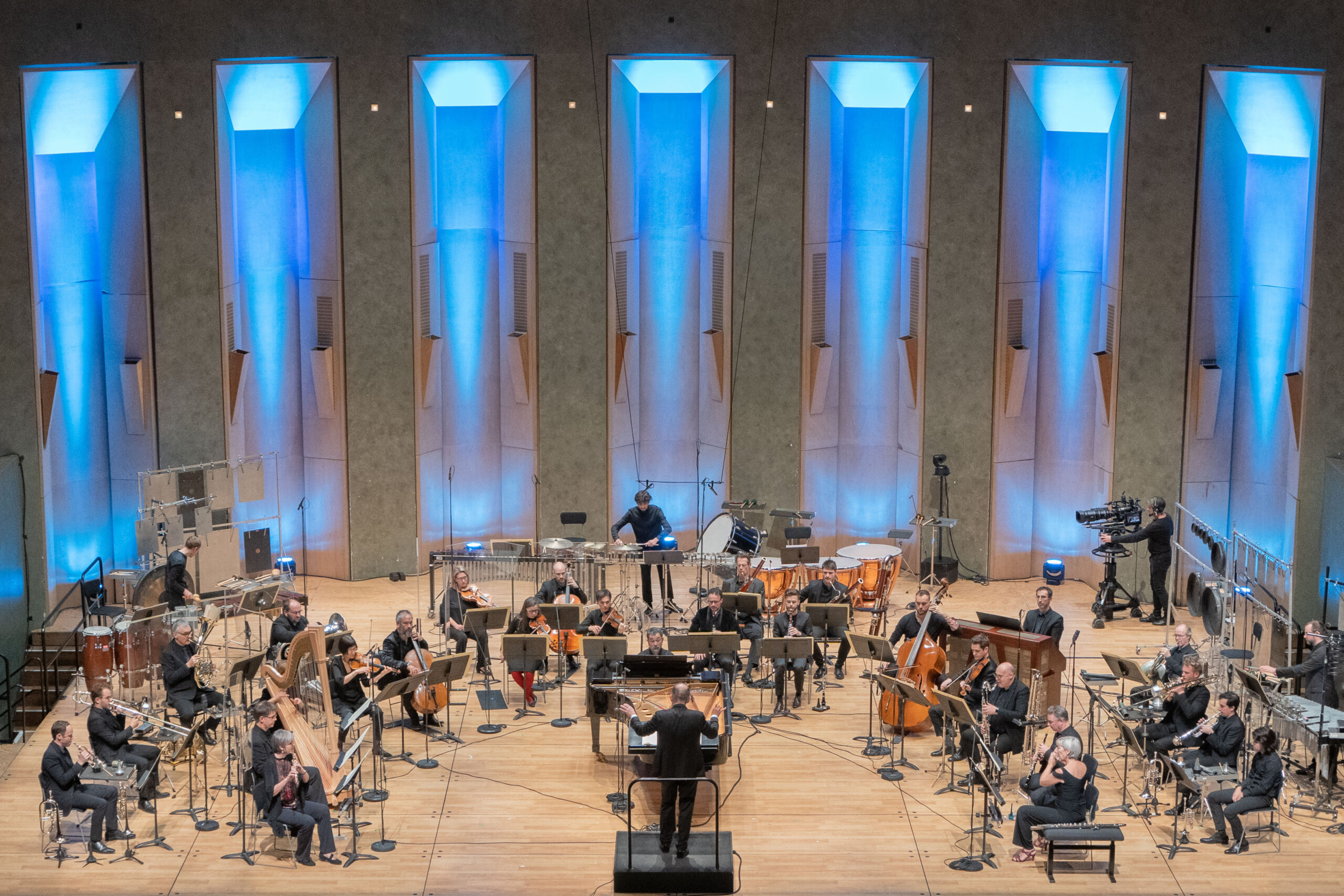
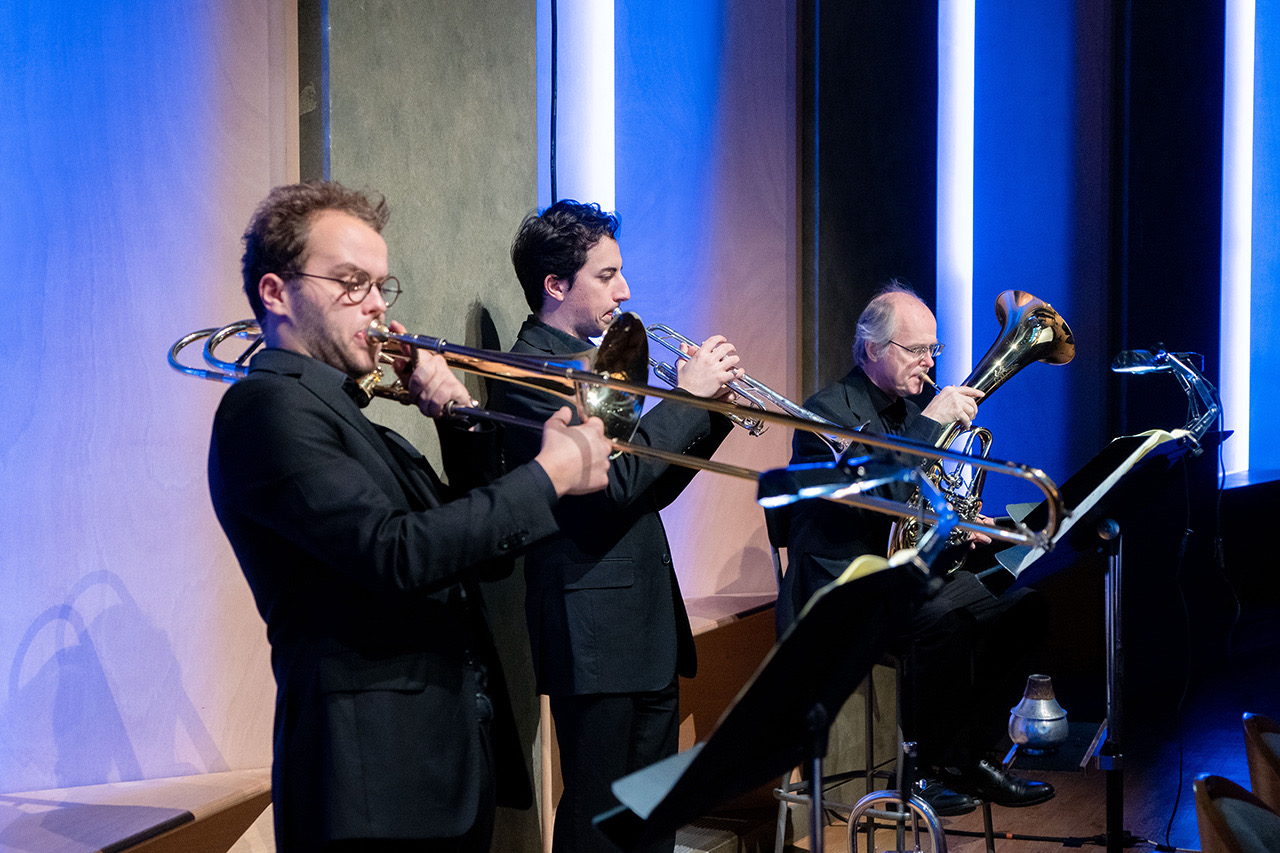
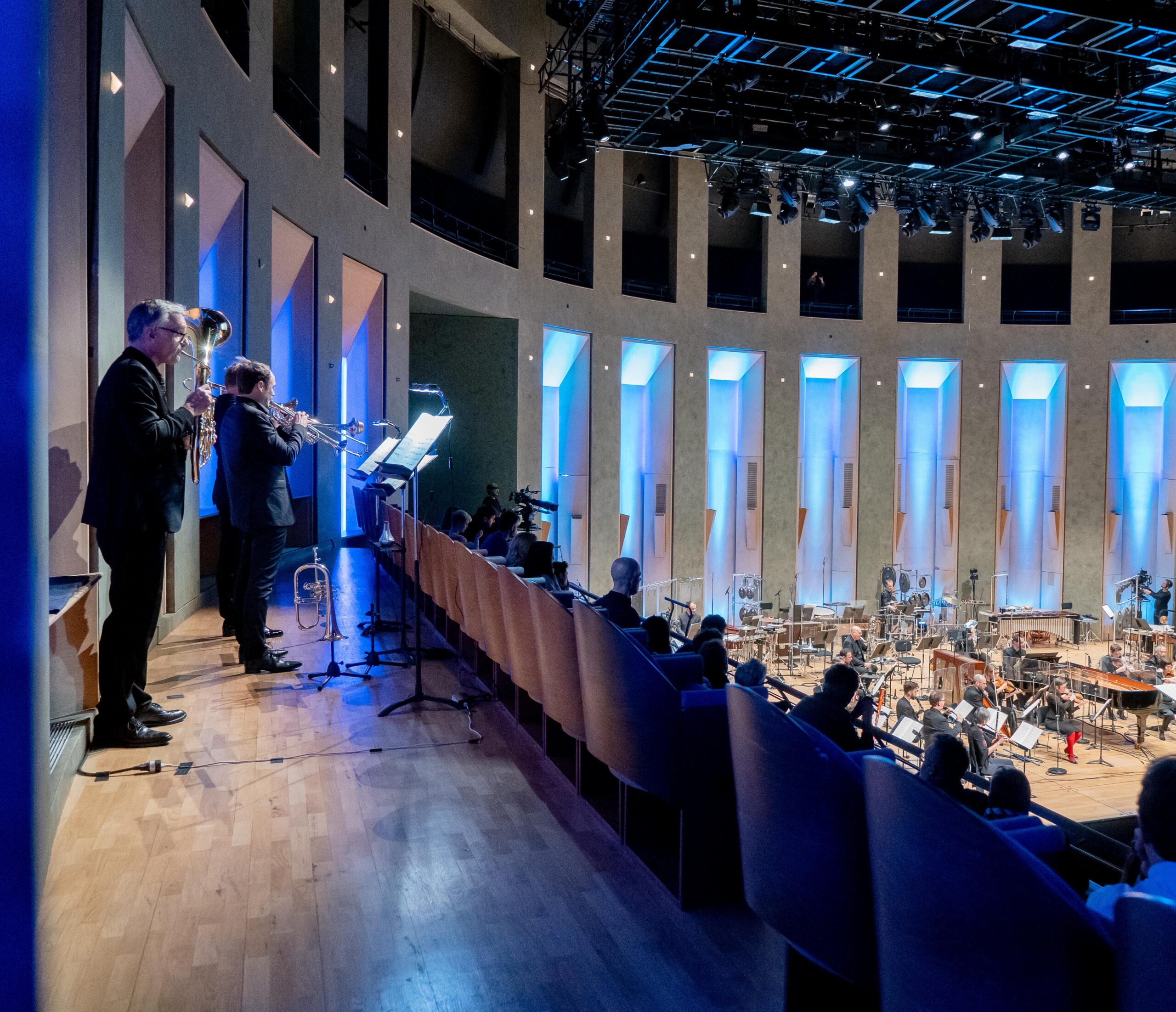
Michèle Tosi
Philharmonie-Cité de la Musique, Paris
Salle des concert le 9-12-2022
Philippe Manoury (né en 1952) : Grammaires du sonore pour 29 instruments (CM) ; Vier Lieder aus « Kein Licht » (CM) ; Fragments pour un portrait, pour 30 instruments. Christina Daletska, mezzo-Soprano ; Ensemble Intercontemporain ; direction François-Xavier Roth.
Photos © Anne-Elise Grosbois
Photos © Quentin Chevrier



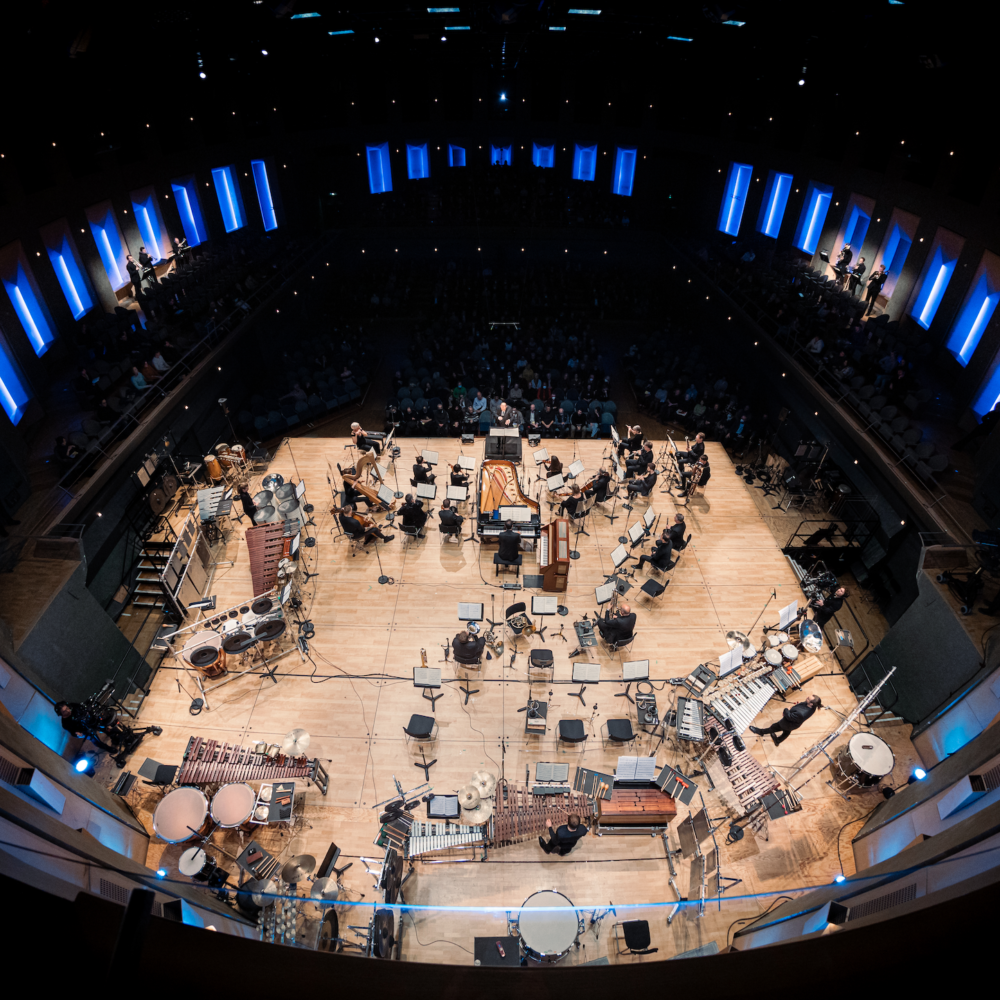)
